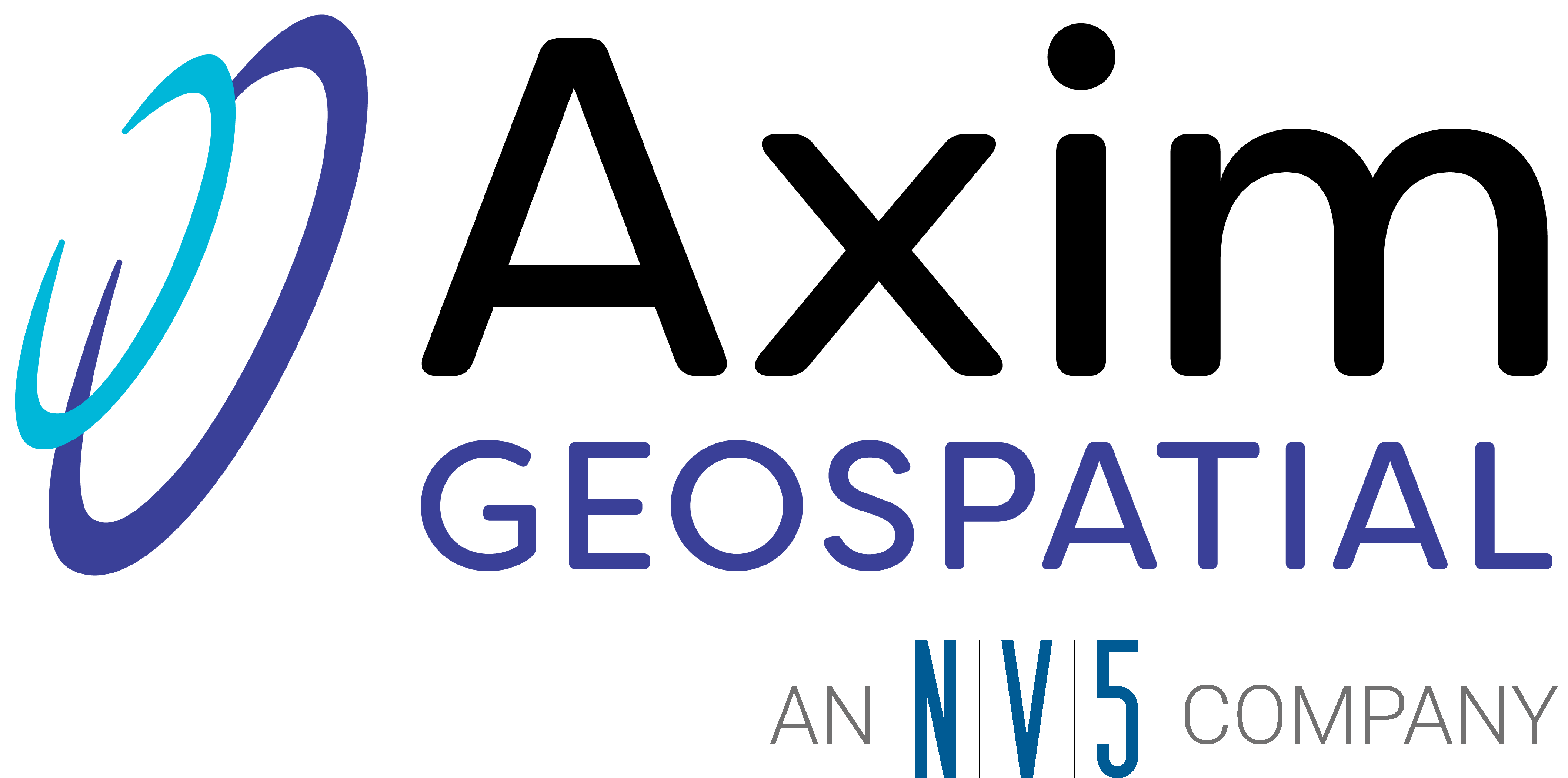Resilience is commonly defined as the ability to prepare for and adapt to changing conditions and withstand and recover rapidly from disruptions. It includes the ability to withstand and recover from deliberate attacks, accidents, or naturally occurring threats or incidents. It’s an emerging science that requires systems thinking along a full lifecycle and across all aspects of life including safety and security, socio-economic, cultural, and the environment. As an example, coastal community resilience requires a broad perspective on critical infrastructure, social and cultural systems, environmental resources, and external forces like climate change. To succeed at coastal resiliency, we must look to deliver value along the full value chain including assessment and ideation, design, construction, operation, and decommissioning of systems that support resiliency.
Where Do You Start?
But how do you actually ‘do’ resilience? Where do you start? As geospatial professionals, we’re accustomed to bringing geography to bear to define what’s known (and where it is), look for patterns, and provide tools to help interrogate information to solve challenges. There’s no question that geospatial data and solutions are critical to resilience. In addition, there are numerous tools out there, many of which require geospatial data and solutions, to assist organizations in assessing where they’re at, prioritizing their efforts, and measuring success. One great example of resiliency tools for critical infrastructure is the Resilience Toolbox (https://www.resilienceshift.org/tools/) developed by The Resilience Shift, a think tank of professionals focused on bringing the science of resiliency to critical infrastructure.
The Resilience Toolbox is a collection of 70 different tools from across the globe. The tools are categorized and can be visualized across a value chain for critical infrastructure. As an example, if you are evaluating resiliency issues for water and wastewater infrastructure in coastal communities, the toolbox allows you to quickly assess which tools are relevant at what point in the lifecycle of water infrastructure.

Credit - https://www.resilienceshift.org/tool-sector/water/
Inspiring Geospatial Resiliency Examples
There are a great many geospatial solutions that can also be applied throughout the value chain to allow these tools to operate and to supplement them at a broader level. Axim specializes in the application of geospatial data and business solutions to do that just. For a few examples, we...
- Evaluate the use of smart technologies for bringing resiliency to military bases (here)
- Support the Navy’s Facilities and Engineering Systems Comment (NAVFAC) in monitoring and managing their energy consumption (here) and modeling the impacts of rising sea levels (here)
- Support numerous cities and counties in the proactive management of their water and wastewater systems such as Roanoke County, VA’s implementation of Cityworks (here), and The City of Hastings, NE’s implementation of the ArcGIS Utility Network (here
Get Started and Request Help
What kind of resilience initiatives does your organization have or aspire to have? Are you just beginning to scratch the surface or are you knee-deep and could use some assistance? If you'd like to learn more about how we can help you solve the world's toughest problems geospatially, don't hesitate to reach out to the Axim team.




